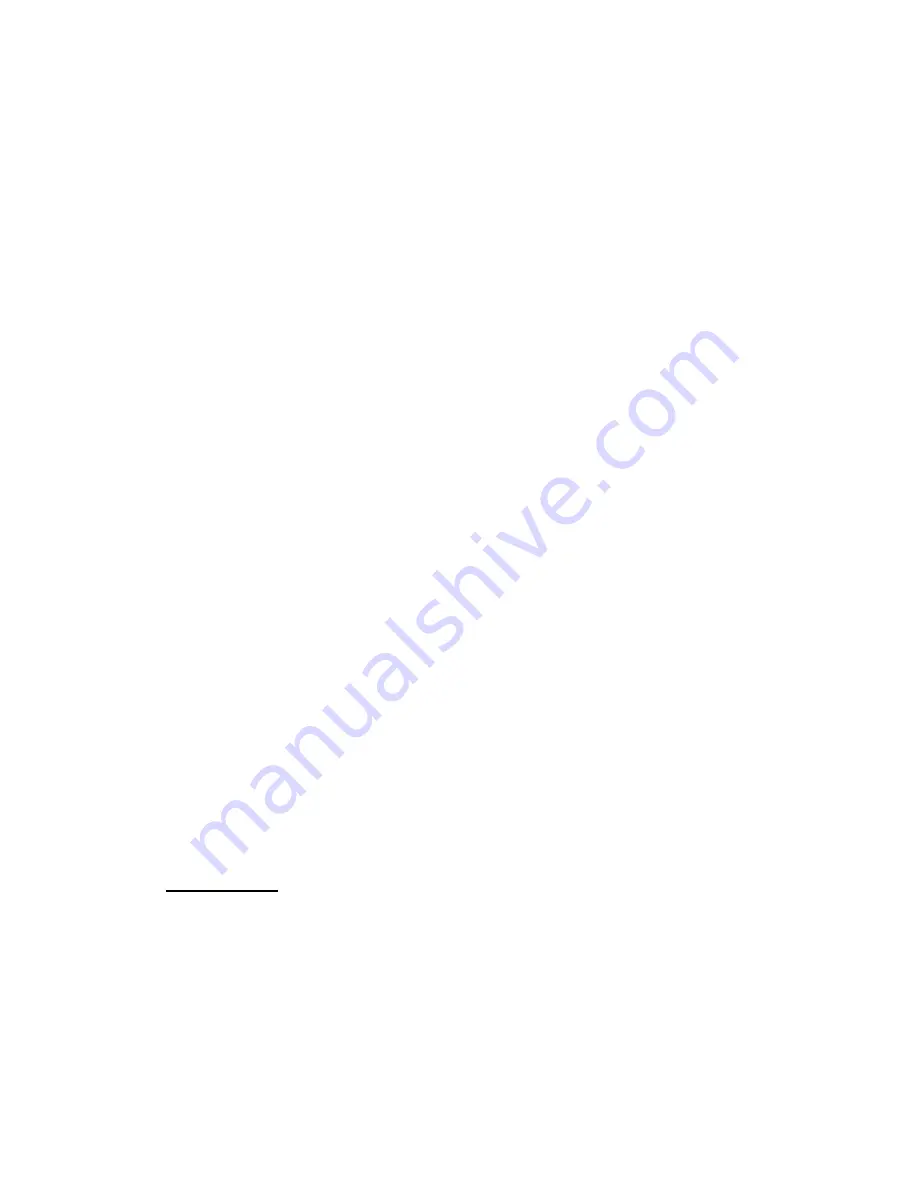
1. Yogurt Maker Lid
2. Cup Lids
3. Yogurt Cups
4. Yogurt Maker Body
5. Digital Display
6. START Button
7. POWER Button
8. MINUTE Button
9. HOUR Button
10. Cook Indicator Light
USING YOUR YOGURT MAKER
1.
Read all instructions and important safeguards.
2. Remove all packaging materials and make sure items are received in good condition.
3. Tear up all plastic bags as they can pose a risk to children.
4. Wash the yogurt maker lid, yogurt cups and lids in warm, soapy water. Rinse and dry thoroughly.
5. Wipe the yogurt maker body clean with a damp cloth.
Before First Use:
Choosing the Proper Milk:
The milk used is an important factor when making yogurt. For best results:
Regular or organic pasterurized whole, low-fat or skim milk are all fine choices, but must be
brought to a near boil before being activated.
Milk should be boiled to eliminate any additional bacteria. Allow the boiled milk to cool to
eliminate any skin that may develop.
If using milk that has been sterilized at an ultra-high temperature (UHT), milk will not need to be
boiled before use and will result in a firm, skinless yogurt.
Powdered milk works very well. Yogurt made with powdered milk is very smooth.
Unflavored soy milk is also an excellent choice for making yogurt.
HELPFUL HINT:
Whole milk will result in yogurt that is smoother and more aromatic.
For thicker yogurt, add two to three tablespoons of powdered milk to the milk used, taking care
to mix it in completely.
Choosing the Proper Starter Culture:
You will need a starter culture in order to make yogurt. A starter culture can be found in:
A plain store-bought yogurt (preferably whole milk yogurt)


























